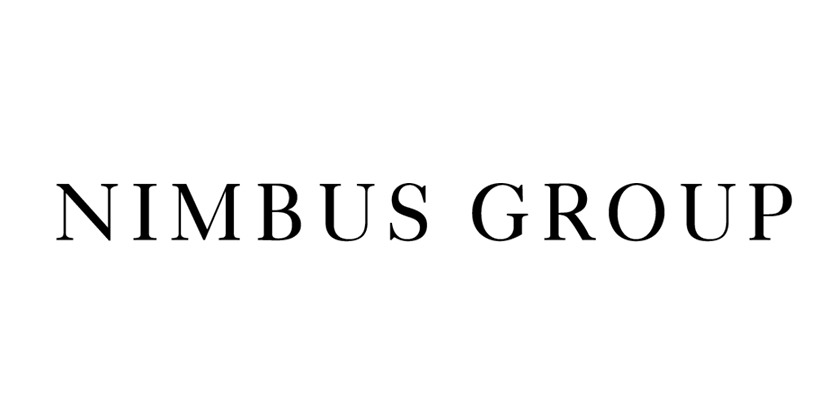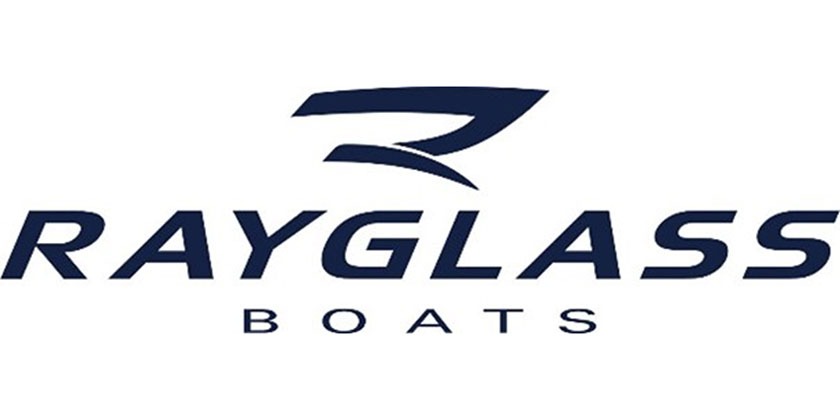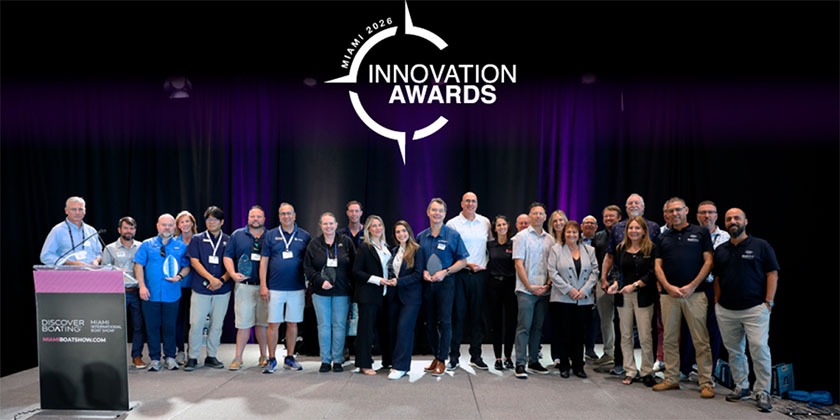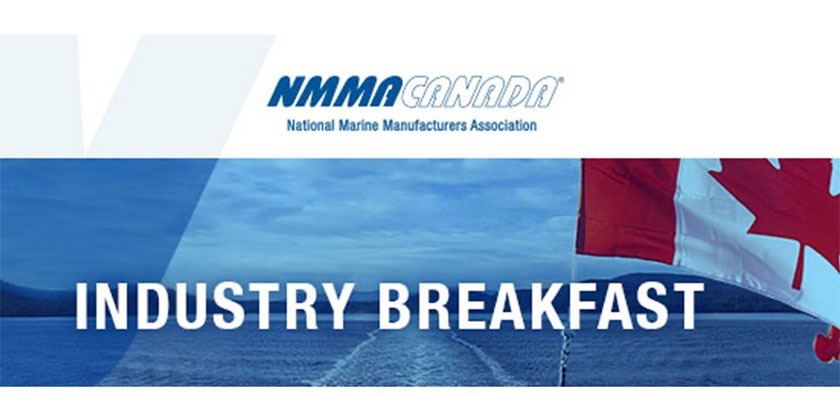VodaSafe Revolutionizes Underwater Recovery with AI-driven Handheld Sonar
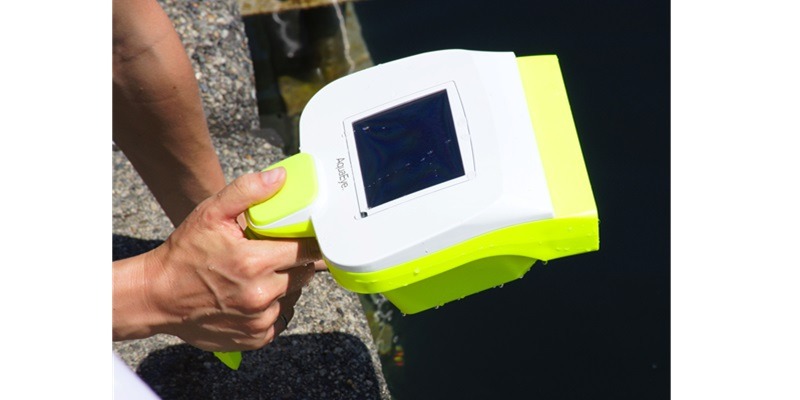
AquaEye is portable and easy to deploy.
Photo Credit: VodaSafe
Nov 12, 2024
By Mathew Channer
Canadian Company VodaSafe is changing underwater search & rescue operations around the world with AquaEye, a world-first handheld sonar device that uses artificial intelligence (AI) to locate human targets underwater.
Using AquaEye, teams can search 8,000sq.m of underwater terrain in less than one minute, reducing search times by up to 90% and significantly decreasing risks to recovery divers. AquaEye uses AI to detect likely human targets by sending out sonar waves and then measuring the size, shape and density of objects detected. Recovery divers can then quickly investigate possible targets and locate a missing person without having to search large areas manually, which is slow and complicated in many situations.
“Rescue diving is inherently dangerous,” said VodaSafe Marketing Manager Wylie Spencer. “The shorter we can make their dive, the better.”
As well as locating human targets, AquaEye greatly improves rescue diver safety by mapping underwater terrain and displaying potential hazards in low-visibility environments, such as in muddy rivers or canals.
“You would never send a fire fighter into a burning building without a thermal imaging camera,” Spencer said. “And I don’t think any rescue diver should enter the water without using handheld sonar.”
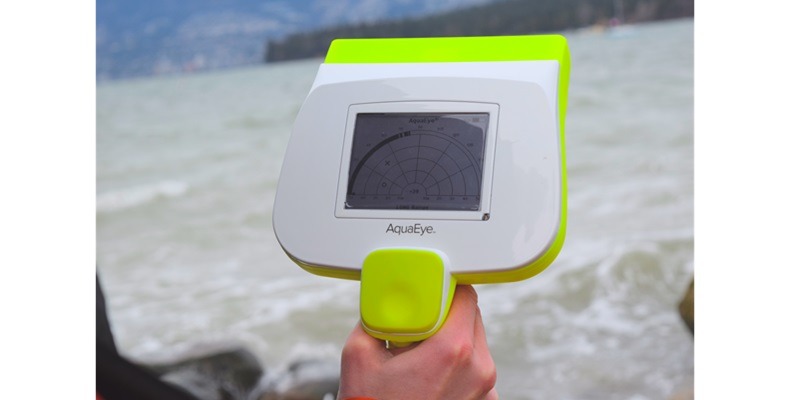
AquaEye was conceptualized when VodaSafe CEO Carlyn Loncaric, an experienced lifeguard and engineer, saw a clear gap in lifeguards’ abilities to search underwater areas for missing persons quickly and safely. VodaSafe was launched in 2016, and the first AquaEye was sold in 2018. While initially created with lifeguarding in mind, the device is now used by more than 500 organizations around the world including law enforcement, search & rescue, and military. AquaEye is standard kit for Indonesia’s 167 search & rescue teams and is used by US Navy Seals as part of their lost diver procedures.
Feedback from teams that have adopted the device has so far been extremely positive. Spencer says that most teams that purchase an AquaEye quickly purchase several more after realizing how effective it is.
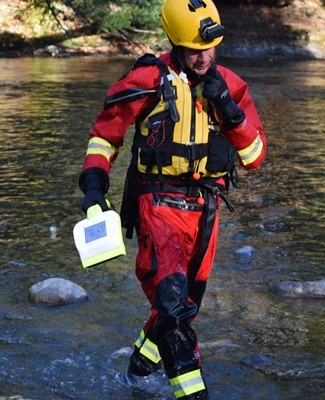
“It’s really fast,” he said. “If the first person on scene has an AquaEye, as long as they can get a hand with the device in the water, they can start doing a scan and marking targets while the dive team’s getting ready or while the boats are launched.”
In Canada, AquaEye is now being used by various organizations in eight provinces, including fire departments, police departments, by lifeguards, and in remote first nations communities where emergency response is typically slow. In the United States, the Los Angelas County Fire Department recently purchased 15 AquaEye devices for lifeguard teams on local beaches.
“We would definitely love to see more lifeguards have it because that’s the best chance to save a life, when a person with AquaEye is on the scene,” Spencer said.
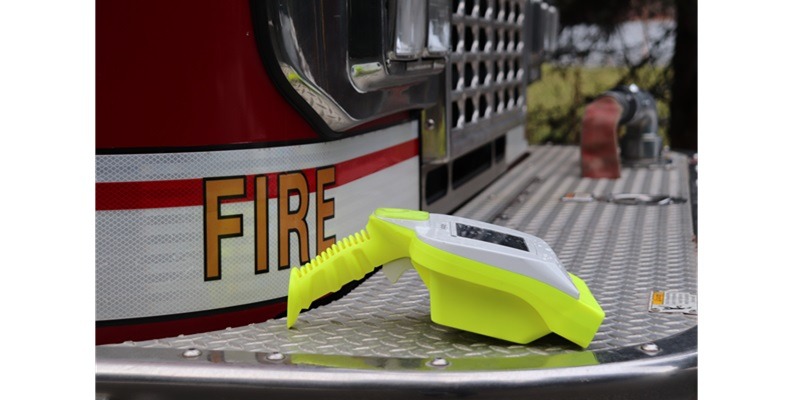
While yet to be used to save a life, AquaEye has now been used in 85 confirmed victim recovery situations. In each of these situations, recovery was completed significantly faster and less dangerously than traditional methods, providing closure to the friends and families of the victims. Spencer says this is just the beginning.
“Our goal is to make a big difference around the world,” he said. “We want to change drowning and how water rescue happens.”
According to World Health Organization (WHO) statistics, more than 300,000 people die globally from drowning each year. In Canada alone, the annual cost of drowning incidents exceeds $241 million.
For more information, visit https://vodasafe.ca/







